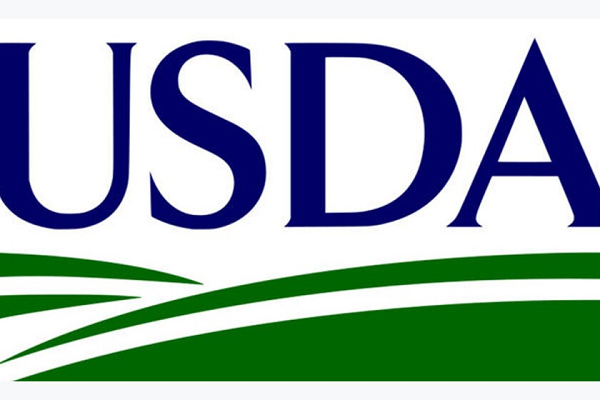The USDA’s Five-Pronged Plan to Combat Avian Influenza in the Food and Beverage Industry
U.S. Secretary of Agriculture Brooke Rollins has recently provided an update on the USDA’s aggressive five-pronged plan to combat highly pathogenic avian influenza (HPAI), which was initially announced in February. This strategy is specifically aimed at protecting the nation’s poultry industry and comes at a crucial time as egg prices have been falling and biosecurity efforts are on the rise.
Biosecurity Efforts Expand Nationwide
Central to the USDA’s strategy are two voluntary, no-cost biosecurity assessments offered to poultry farmers. One assessment focuses on wildlife risk mitigation, while the other targets general biosecurity enhancements. The USDA covers the full cost of these evaluations and will also fund up to 75% of expenses for correcting identified high-risk issues.
To date, 948 biosecurity assessments have been conducted nationwide, with Michigan standing out as one of the top states in terms of assessment uptake and total poultry farm numbers. Farmers interested in scheduling an assessment can email [email protected] or call 844-820-2234.
Four Additional Strategic Pillars
- Financial Relief for Repopulation: The USDA has provided over $70 million in indemnity funds since February 27, 2025, to help producers repopulate flocks impacted by HPAI. This financial support has allowed many farmers to recover more quickly after outbreaks.
- Regulatory Reforms to Support Industry: Efforts to ease the regulatory burden on producers include cutting unnecessary worker safety documentation, extending processing line speed waivers, and scrapping a controversial proposal related to Salmonella regulation in raw poultry products.
- Support for Innovation in Disease Prevention: The USDA recently closed applications for its HPAI Poultry Innovation Grand Challenge, which drew 417 submissions seeking a combined $793 million in funding. These projects aim to advance research on flu prevention, treatments, and vaccine development, with award announcements expected this fall.
- Strategic Egg Imports to Stabilize Supply: To bolster the domestic egg supply, over 40 million eggs and egg products have been imported in 2025 from countries like Brazil, Mexico, Turkey, and South Korea. New U.S. processing facilities in New York and Arkansas have also been approved to handle these imports, increasing the total number of authorized facilities to six.
Looking Ahead
While USDA officials are pleased with the progress made so far, they continue to urge poultry producers of all sizes to take advantage of the resources still available. The agency emphasizes that proactive biosecurity assessments are crucial in reducing HPAI risks, especially as the fall season approaches.
Industry Analysis
The USDA’s comprehensive plan to combat avian influenza has significant implications for the food and beverage industry. The decrease in egg prices and the increase in biosecurity efforts will impact trade, supply chains, and sustainability within the sector. With strategic measures in place, such as financial relief for repopulation and support for innovation in disease prevention, the industry is better equipped to handle future outbreaks.
As the USDA continues to focus on stabilizing the domestic egg supply through strategic imports and regulatory reforms, global pricing, logistics, and F&B planning may experience shifts. It is essential for food and beverage professionals to stay informed and adapt to these changes to ensure the industry’s resilience and sustainability in the face of avian influenza challenges.



